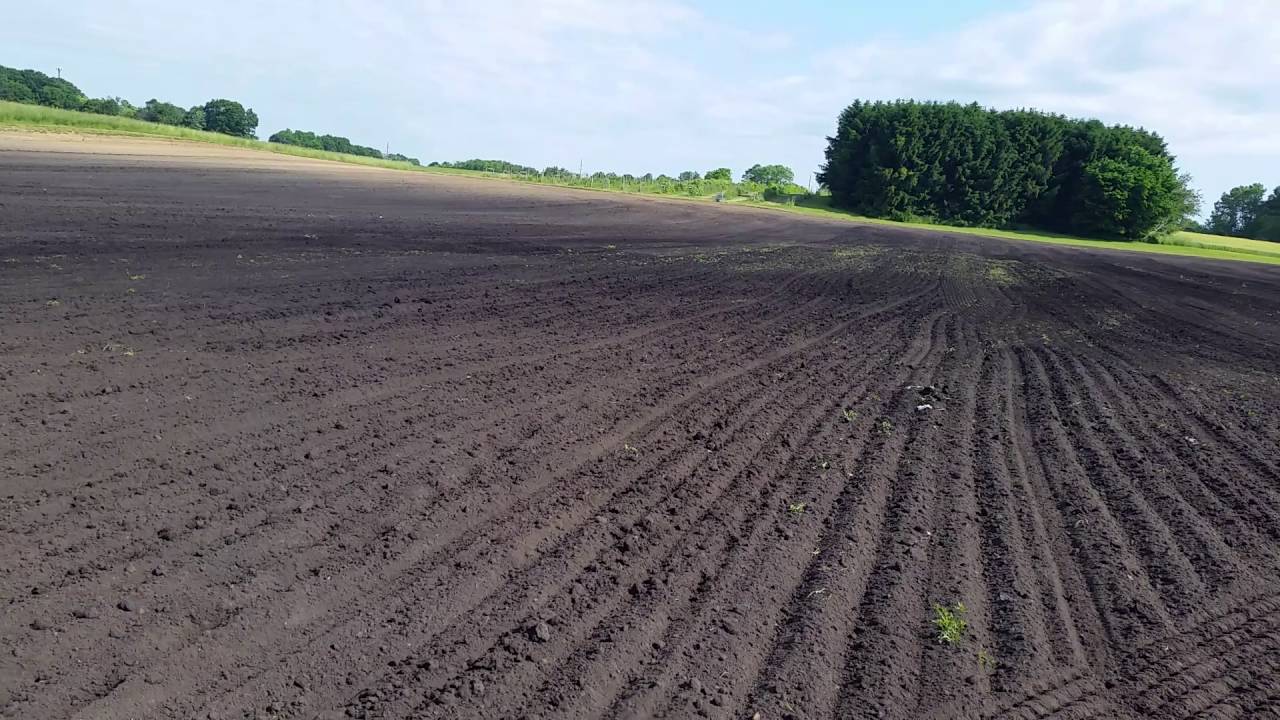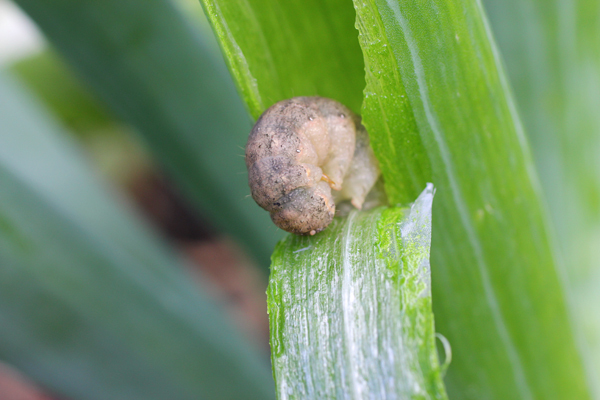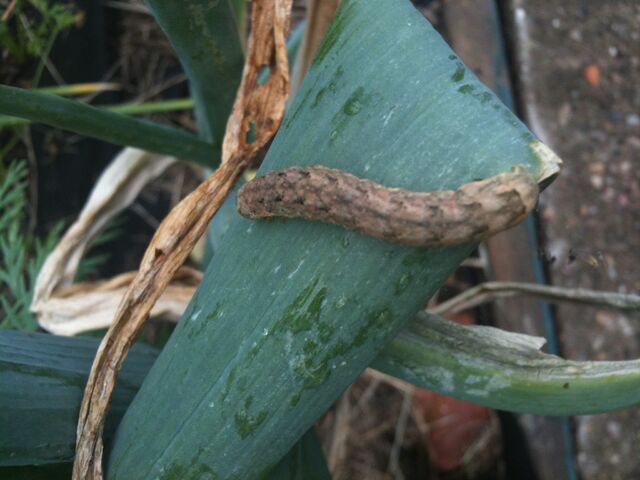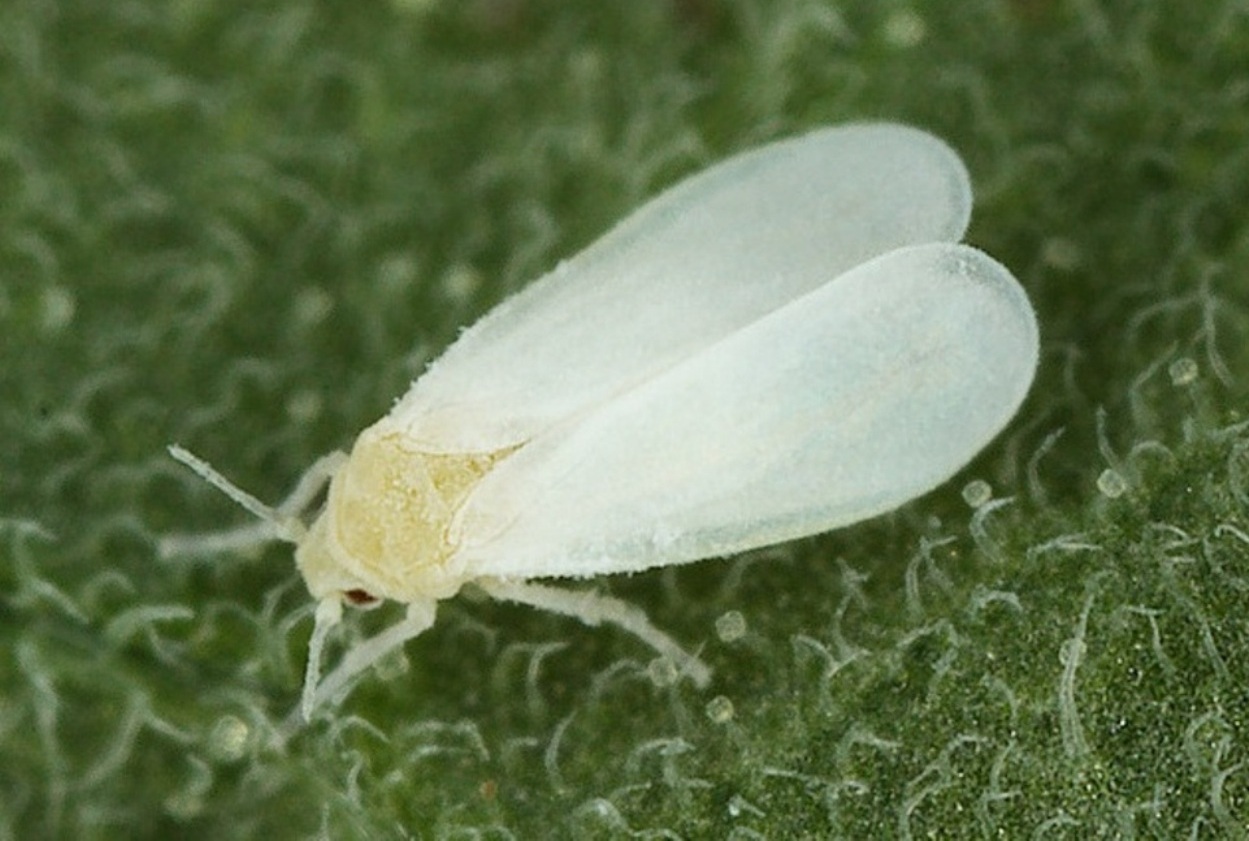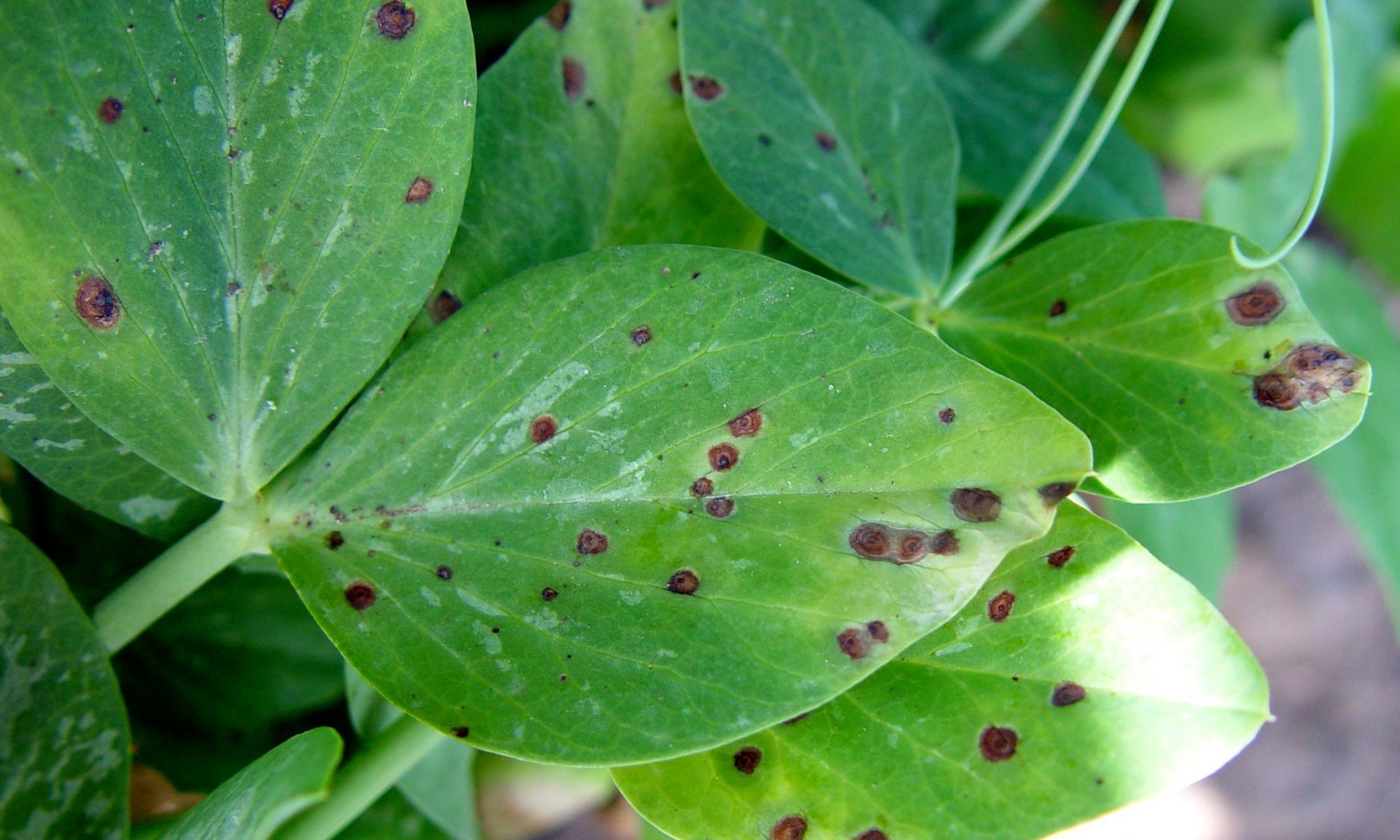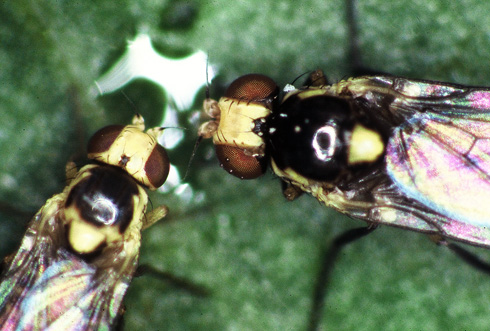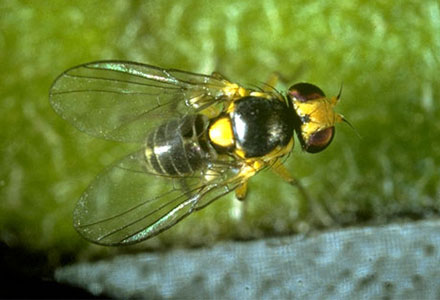Prepare ridges and furrows with a spacing of 45 cm between ridges either by hand hoe or ridge. Plant the tubers at 20 cm apart.
Sharecontrol measures of cutworms in onion
- Soil application of Carbofuran 3% GR @ 7.5 kg /acre at the time of transplanting.
- Spray Chlorpyrifos 20% EC @ 500 ml/acre.
Like and share with other farmers by clicking on button below
ShareCutworms in onion
Cutworms in onion
- Young larvae are yellowish-grey and later become brown, greasy to touch and coil when disturbed.
- Cutworm moth is generally dark grey-brown colour with varying mottled pattern or spots on their forewing.
- They cut the onion seedlings at ground level during the night and hide during the day.
- Young larvae feed gregariously on onion foliage but later segregate and enter into the soil.
Like and share with other farmers by clicking on the button below
Share
Control of White fly in Garlic
- Soil application of Carbofuran 10 G @ 5 kg /acre at the time of sowing.
- The spray of anyone insecticide of following on presence of pest at 10 days intervals
- Acephate 75% SP @ 80-100gm/acre.
- Acetamiprid 20% SP @ 100 gm/acre.
- Bifenthrin 10% EC @ 200 ml/acre.
Like and share with other farmers by clicking on the button below
ShareWhite fly in Garlic
- Nymphs and adults suck the cell sap from the leaves.
- The affected leaves curl and dry.
- The affected plants show stunted growth.
Like and share with other farmers by clicking on the button below
ShareWhat Every Girl Ought To Know Before Marriage
Services for the selection of mail order brides are available for everyone, and most importantly – at absolutely reasonable prices. A photo of the woman will cost a love-struck man $3. PPL sites also arrange for gifts such as flowers, candy, electronics, and even English lessons to be delivered to the women. Be mindful of mail order bridal services who claim that they don’t charge a fee, but actually have hidden costs. Ayman A. Abu Laban, UNICEF’s Gulf area representative, said in a recent interview that the silence about child marriage is now being addressed” in the Saudi media. These girls are dreaming of a happy family, and they do not want to build it without a man.
The dream of dating Ukrainian women can come true for those who are careful and pay attention to the customs of each of these countries. In comparison, I once met a Colombian woman that was still living with her parents and had http://mailorderbrides.reviews/amolatina-review.html not finished college or even have a job by the time she was 27 years old. If so , looking towards bearing kids with an eastern european woman will be the strategy to use. Their very own family worth stand out when ever raising kids since they wish the youngsters being a bird for the worth which you and she or he share.
The complainant, exactly who is currently 18 years’ previous, got "married" for the encourage, then previous 52, in 2014. It is just a relationship using a woman via another nation which begins online. Nowadays, mail-order birdes-to-be result from asian Europe, south-east Asia and China, says Zug. A Latin female for marital life is a lot more considering giving and becoming affection, at once, these types of females wish to create connections that content and takes all period. Dating with internet birdes-to-be shows an extraordinary statistics. Your sweetheart said many individuals mistakenly believe child marital life is fixed to some small towns around the globe.
Explaining Key Aspects For Russian Girls For Marriage
Submit order star of the wedding websites use a no criminal profiles secret; if the account is reported many times or perhaps an agent functioning for your web page deems the behavior dominant of your criminal offenses, this account will probably be for good de-activate, therefore you will probably be penalized. MCW promotes to spend time along with your Colombian significant other before. Although each wedding party tradition is exclusive for the as well as couple that practice this, you can find basic similarities working throughout Colombian wedding customs. In the time with the Net, it is possible to meet up with and get married to a female living on the reverse side with the earth.
Marital life and spouse and children with youngsters are the best good for a Colombian, unlike many German women. Decades of bloody violence in Colombia have forced women and girls to endure systematic murder, displacement, harassment, and rape. If you are using a mail order brides support, you won’t have to spend any money aside from the initial fee and the fee to get marriage application. D’Aoust, Anne-Marie, "Love as a border technology: The governmentality of mail-order brides” and marriage migrants in the United States and Germany" (2011).
Wife agencies offer a list of good-looking mail-order brides from diverse countries. When they are still growing up, Albanian ladies spend a lot of time with their mothers and grandmothers in the kitchen, learning the secret to making both everyday and special occasion dishes. If you are only and cannot meet the woman of your dreams in your own country, you can risk the image and buy yourself a bride. Mail order brides have made thousands of men happy and found their happiness too. This will be common for some Colombian internet dating sites.
Educational videos on child marriage and dowry that have been included in the app have been watched around 33, 000 occasions, ” said Nadeem Noor, who heads UNFPA in Bihar and regularly screens the app’s use. To save time is a very important goal for a lot of men and mail order bride sites are number one in it. We do NOT recommend the use of legal unions or marriages solely for the purpose of solving your Colombian immigration status, BUT , you may have a legitimate desire to adhere to this route. As a rule, sizzling mail order brides know what to do with their new home.
ShareManagement of Ascochyta foot rot and blight in Pea
- Use healthy seeds and treat them with Carbendazim 2.5 g/kg seed before sowing.
- Spray infected crop with Carbendazim 12 % + Mancozeb 63 % @ 300 g/acre or
- Chlorothrlonil 75% WP @ 250g/acre or
- kitazin 48.0 w/w @ 400 ml / acre.
- Remove diseased plants and destroy them.
- Maintain proper drainage.
Ascochyta foot rot and blight in pea
Ascochyta foot rot and blight in pea
- Small, purple spots appear on leaves which may enlarge, turn brown and become zonate with a definite margin.
- Similar lesions also appear on the stem which elongate and coalesce causing browning or blackening of the stem.
- On the pods, lesions are tan or brown in colour and irregular having a dark margin.
Control of leaf miner in pea
- Spraying of systemic insecticide like
- Deltamethrin 2.8% EC @ 200 ml/acre or
- Triazophos 40% EC @ 350-500 ml/acre. Or
- Chlorpyrifos 20%EC @ 500 ml/acre or
- Cartap Hydrochloride 50 % SP @ 250 gm/ acre are recommended.
Like and share with other farmers by clicking on the button below
ShareLeaf miner in pea
- Adults are dark metallic green in color.
- Pea leaves are attacked by Maggots which makes prominent whitish zigzag lines in the leaves.
- The growth is stunted. The flowering and fruiting capacity of infested plants is adversely affected.
Like and share with other farmers by clicking on the button below
Share
